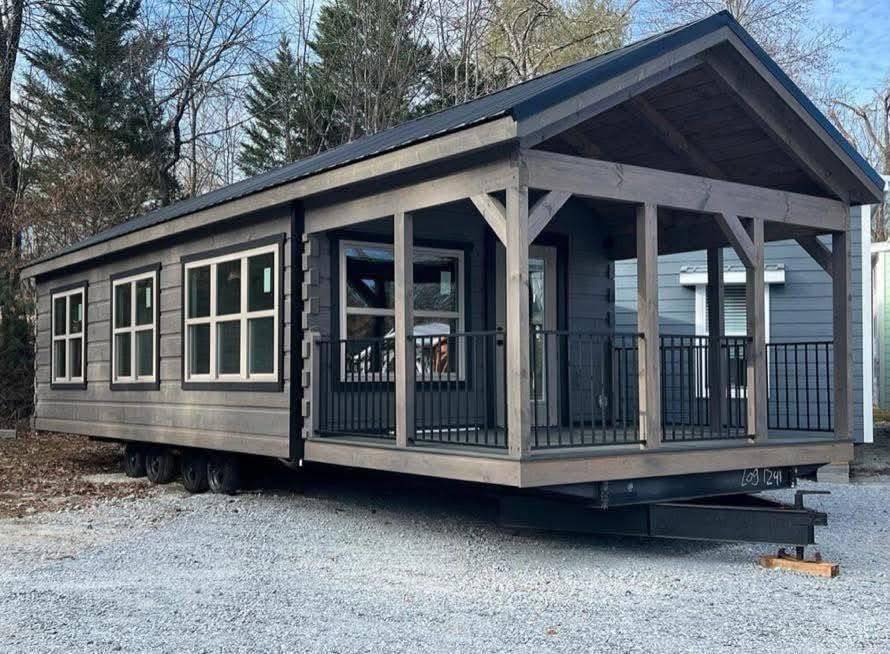Phone:
(701)814-6992
Physical address:
6296 Donnelly Plaza
Ratkeville, Bahamas.

In today’s fast-paced industrial world, large infrastructure projects often require the mobilization of a sizable, transient workforce. From oil fields and mining operations to remote construction sites, one key element can make or break productivity and worker satisfaction: adequate housing. That’s where Worksite Accommodation Containers come in-a modern, cost-effective, and efficient solution for temporary workforce lodging, especially in labor camps.
Although commonly used in regions like the Middle East, Asia, and parts of Africa, these modular container accommodations are increasingly being adopted in the United States, particularly for remote and large-scale projects. These container-based housing units offer safe, comfortable, and flexible living environments designed to meet the unique challenges of temporary workforces.
🍓 Click Here to Buy Tiny homes 🥃✨
🛒🍓 Grab Your Tiny homes Now! 🥂💎
🍹🍓 Enjoy the Sweetness – Buy Tiny homes Today! 🛍🔥
Worksite accommodation containers are modular, prefabricated living units designed to house workers at job sites, especially in remote or hard-to-access areas. These structures are usually based on steel shipping containers or prefab units and are outfitted with the essentials:
Designed for durability and rapid deployment, these units can be assembled into full-scale labor camps that support hundreds or even thousands of workers.

As energy production, large-scale infrastructure projects, and remote construction continue to grow in the United States, there’s a rising demand for safe, efficient worker housing.
Some key drivers include:
In these scenarios, commuting daily from permanent housing isn’t feasible. Container accommodations offer the flexibility, speed, and functionality necessary to support workers on-site while minimizing costs and delays.
Shipping container units can be delivered and assembled quickly, often within days. Since they’re designed to be transported, they can be relocated to different sites as needed.
Compared to constructing permanent buildings, container housing dramatically reduces cost. Units are reusable, require minimal foundations, and cut down on maintenance.
Made from steel and reinforced with insulation, these containers can withstand harsh weather-making them suitable for extreme climates, from the heat of Texas oilfields to Alaskan wind and snow.
Units can be tailored to suit specific project sizes and needs. From single-person rooms to shared dorms or executive-style lodgings, containers are modular and stackable to create small to large-scale camps.
With modern interior outfitting, container accommodations can include climate control, comfortable beds, sanitary bathrooms, and recreational or communal areas-boosting morale and retention.
Many worksite containers are built using repurposed materials. When paired with solar panels, water-saving systems, and energy-efficient designs, they contribute to sustainable development goals.

Depending on the project’s budget and goals, container housing can be designed in various configurations:
A typical labor camp may include:
These self-contained communities are built with worker productivity, safety, and comfort in mind.
While worksite housing is crucial for operations, it must comply with regulations:
Employers and developers must also consider worker welfare, including mental health, personal privacy, recreational space, and adequate nutrition.
In some states, specific laws govern labor camp accommodations for migrant agricultural workers, including unit size, ventilation, and shared facility rules. These standards help ensure humane, safe living conditions.
Boomtowns in states like North Dakota saw massive deployment of container housing for oil field workers. These structures enabled quick housing expansion without straining local infrastructure.
After natural disasters like Hurricane Katrina or the California wildfires, contractors used container camps to house emergency crews and rebuilding teams near the disaster zone.
Large-scale solar and wind farms-often far from urban areas-use container accommodations for technicians and construction workers.
In California’s Central Valley and parts of Florida, container housing is being explored as a more dignified and organized alternative to traditional migrant worker camps.
Despite the advantages, there are important challenges to address:
Proper planning, transparency with local communities, and adherence to labor laws can help mitigate these issues.
Worksite containers are designed for extended use. Workers often live in them for weeks or months, depending on the project. Some units are built to be lived in for over a year with proper maintenance and sanitation.
Yes. Modern container housing includes air conditioning, heating, clean bathrooms, proper lighting, and quality beds. Advanced units even offer internet, recreational areas, and privacy features, helping maintain worker morale and performance.
Costs vary based on size, location, and amenities. A basic single-container unit may cost $5,000 to $10,000, while outfitted accommodations with full bathrooms and HVAC can reach $15,000 to $25,000 per unit. Operational costs like maintenance, utilities, and staff must also be factored in.
Absolutely. Many units are made from recycled materials, reducing waste. Their modular nature allows for reuse and relocation, minimizing land disruption. When equipped with solar panels or water recycling systems, they can operate off-grid and reduce environmental impact.
Worksite accommodation containers are redefining labor housing in the United States-offering a smart, scalable, and humane solution to support essential industries. Whether used in oil fields, construction zones, or disaster recovery sites, these modular units provide more than a place to sleep; they ensure workers have a safe, comfortable home base during demanding projects.
For developers, contractors, and project managers, investing in high-quality container housing is not just about logistics-it’s about worker retention, productivity, and responsibility. As the U.S. continues to tackle labor shortages and expand infrastructure, worksite container accommodations will play a vital role in building the future.